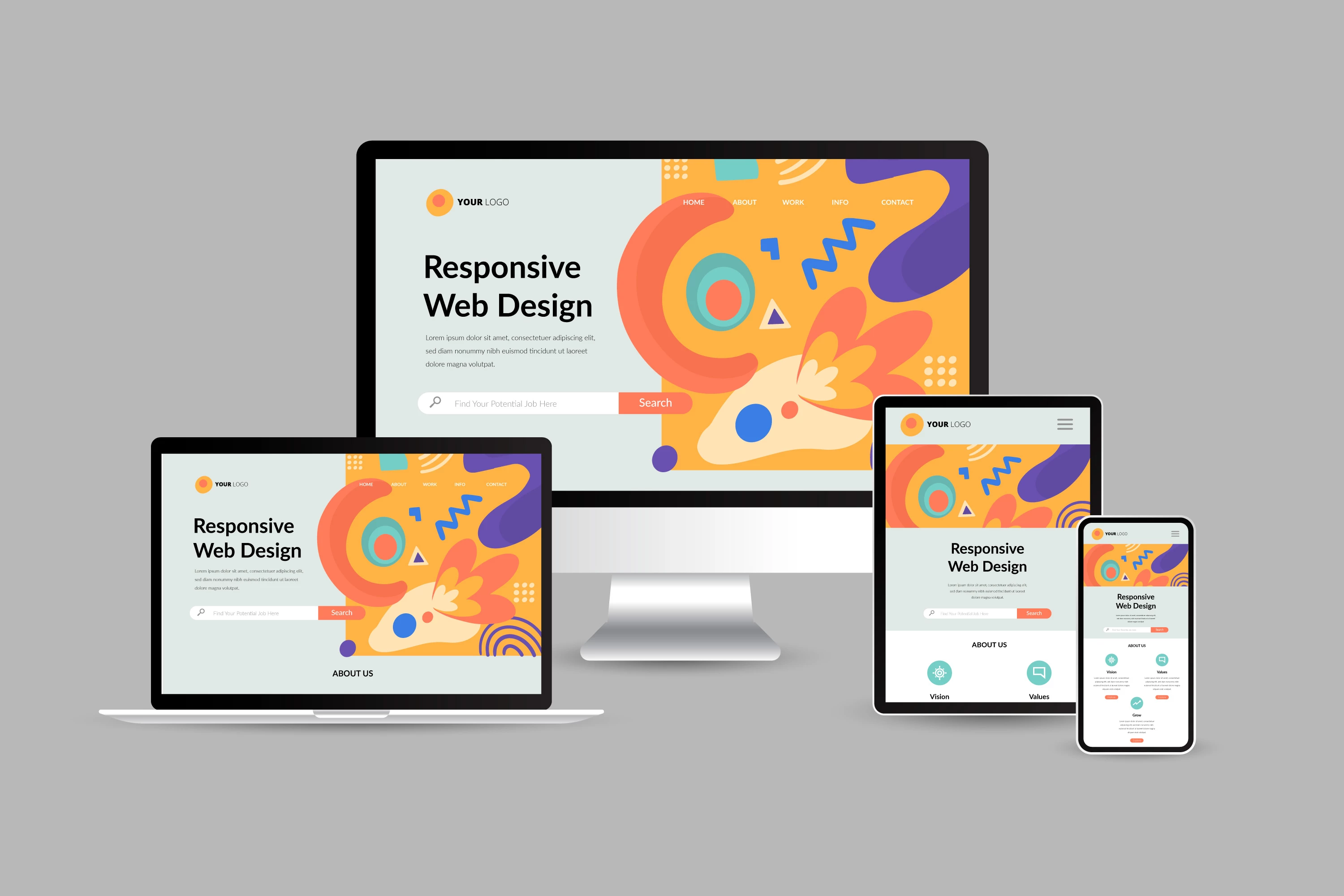Custom Website Design Solutions for Business Websites
Leading Tips for Producing an Impactful Internet Site Design That Converts
In today's digital landscape, the importance of an impactful site design can not be overstated, specifically when it involves transforming site visitors right into consumers. To achieve this, one must consider a range of variables, including recognizing the target audience, prioritizing user experience, and maximizing for mobile platforms. Moreover, the tactical usage of compelling call-to-actions and a well-defined visual pecking order plays a critical function in assisting customers with their journey. As we discover these essential components, it becomes evident that the success of your web site rests on greater than simply appearance; it calls for a thoughtful technique to style and capability.

Understand Your Target Market
Understanding your target market is fundamental to reliable website design, as it prepares for producing an engaging customer experience. Determining that your customers are, including their demographics, preferences, and habits, allows designers to customize the website's web content, layout, and performance to fulfill particular demands.
Conducting extensive market study is important in this procedure. Surveys, meetings, and analytics can give beneficial insights into user expectations and discomfort points. By compiling this information, developers can develop user personalities that represent various sectors of the audience, making sure that design decisions are educated and appropriate.
In addition, recognizing the target market aids in selecting proper design aspects such as color pattern, typography, and imagery that reverberate with individuals. An internet site that talks straight to its audience fosters a sense of link and trust, encouraging longer sees and higher conversion prices.
Ultimately, a user-centered method to web site style not only improves individual complete satisfaction yet likewise sustains business purposes by driving involvement and commitment. By prioritizing the demands and choices of the target market, a website can efficiently offer its objective and accomplish wanted end results.
Prioritize User Experience
To boost the general efficiency of a site, prioritizing user experience (UX) is important (Website Design). A well-designed UX makes sure that visitors can navigate the site effortlessly, find details swiftly, and engage with material meaningfully. This results in enhanced customer satisfaction and higher conversion prices
Begin by executing user-friendly navigation. Menus needs to be realistically structured, enabling individuals to find essential areas of the site with minimal initiative. Uniformity in style components, such as shade systems and typefaces, promotes knowledge, which is vital for preserving customer interaction.
Additionally, take into consideration the packing speed of your web site. A hold-up of just a couple of secs can lead to substantial drop-offs, as individuals are less likely to wait for a slow-loading web page. Enhancing photos and enhancing code can improve performance and preserve site visitors.
By focusing on user experience, you not just create a more pleasurable environment for site visitors however likewise enhance your brand's integrity. Ultimately, an emphasis on UX is an investment in the long-term success of your web site.
Enhance for Mobile Tools
Enhancing for smart phones is important in today's digital landscape, where an enhancing number of individuals gain access to internet sites through smartphones and tablets. A mobile-friendly layout not just boosts individual experience but also plays a considerable function in boosting internet search engine positions. To attain this, it is vital to embrace a responsive layout that instantly readjusts to numerous display sizes and orientations.

Packing rate is an additional essential aspect; mobile customers are commonly much less individual and expect fast accessibility to details. By prioritizing mobile optimization, you make sure that your website remains competitive and efficiently engages a more comprehensive audience.
Use Compelling Call-to-Actions
A site's efficiency frequently depends upon its ability to lead site visitors toward preferred activities, making compelling call-to-actions (CTAs) necessary components of style. CTAs act as the essential points that guide users to engage with the website, whether that means making an acquisition, registering for an e-newsletter, or downloading a resource.
To produce effective CTAs, quality is paramount. Use succinct language that plainly communicates the activity you want the customer to take.
Furthermore, the layout of CTAs need to stick out without being obtrusive. Use contrasting colors and clear typefaces to ensure they capture interest. Furthermore, take into consideration using directional cues, such as arrows or pictures, to guide customers toward these buttons. By concentrating on these aspects, services can dramatically improve individual interaction, driving conversions and eventually achieving their web site's objectives.
Concentrate On Visual Power Structure
Effective website style relies greatly on a well-structured aesthetic pecking order that overviews users through material effortlessly. By arranging components in a fashion that prioritizes info, developers can boost individual experience and help see this site with decision-making. This involves making use of dimension, color, contrast, and spacing strategically to draw focus to one of the most important Bonuses parts of a page.
Making use of larger typefaces for headings and subheadings develops a clear difference in between various sections, permitting individuals to scan material easily. In addition, using contrasting shades for buttons and calls-to-action can catch customer attention and encourage interaction. Whitespace is one more vital component; it protects against clutter and makes it possible for individuals to concentrate on key messages without distractions.
Images and graphics must complement the text while additionally sticking to the established power structure, reinforcing the general message (Website Design). Consistency in style aspects, such as shade schemes and typography, further enhances the visual power structure, making navigating user-friendly
%20%5B60%25%5D.jpg)
Conclusion
Finally, efficient internet site style necessitates a thorough understanding of the target a fantastic read audience, prioritization of user experience, and mobile optimization. The critical usage of engaging call-to-actions and a well-defined aesthetic hierarchy further enhances individual engagement. By executing these principles, sites can accomplish greater conversion prices, making sure that layout components not just bring in site visitors yet additionally assist in seamless navigating and interaction. Inevitably, a well-executed internet site style works as a vital component in driving user activities and achieving service objectives.